I wanted, and needed, to remember each and every one of them.
At my previous job working on a cruise ship, I didn’t need to remember everyone’s name because once they got off the boat I was unlikely to ever see them again. But in a field like fundraising, which is centered on people and relationships, remembering people is important.
I started taking notes at the end of every day on every new person I met who had a chance of being in my life professionally. And I still do. I do all of this on the notes app on my phone so I can take notes anytime, anywhere, but you should use whatever device works best for you.
The first thing I do is write down each person’s name, full name if I have it. I also record anything that comes up in conversation: their interests, where they live, what their job is, etc.
Then, before I see each person again, I check my notes. This makes conversation less awkward because I don’t have to rely on generic small talk. I can ask specific questions about their job, hobbies, or interests because I made a note about what I learned from previous interactions.
It makes a world of difference.
People genuinely appreciate it when you take the time to remember something specific about them.
I can’t take all the credit for this practice, I learned it from my dad. He would write down everything he learned about people so that he wouldn’t forget them before the next time he spoke to them.
I encourage everyone to adapt this practice to your needs. Take notes on anything that seems useful, but don’t pressure yourself to record everything. This practice isn’t supposed to add hours of work to your day, just a few minutes here and there. Keep this information in a place where you and your employees can access it easily before talking with donors and beneficiaries.
Taking notes will help your conversations go more smoothly because it removes any nervousness surrounding what to say. It will also remind you and your employees to see your donors as people, not as wallets.

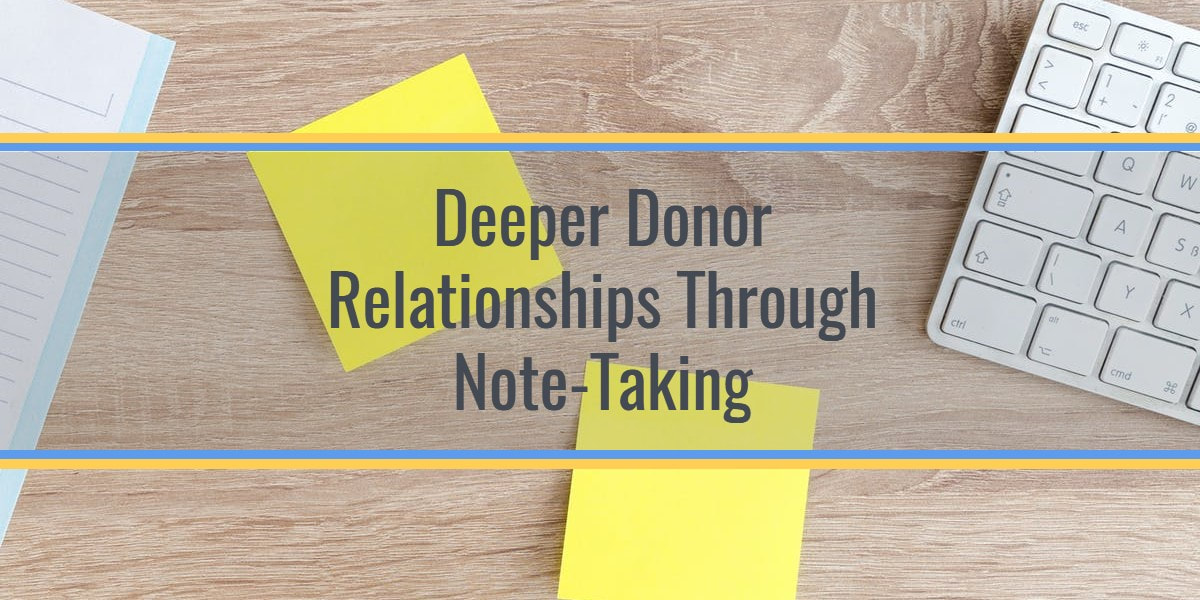
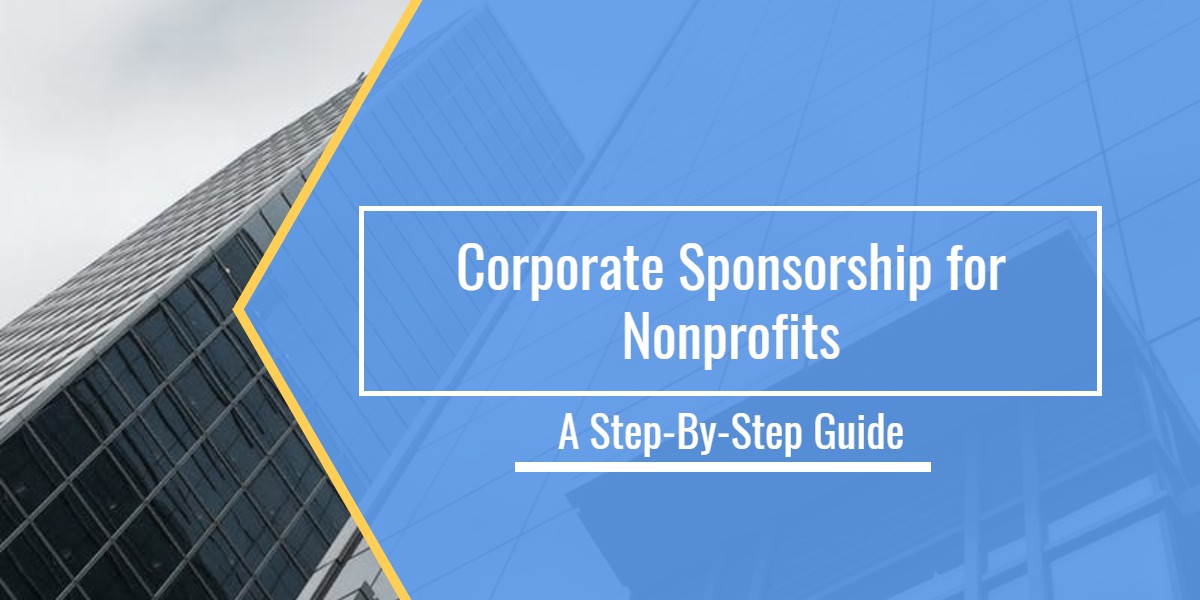
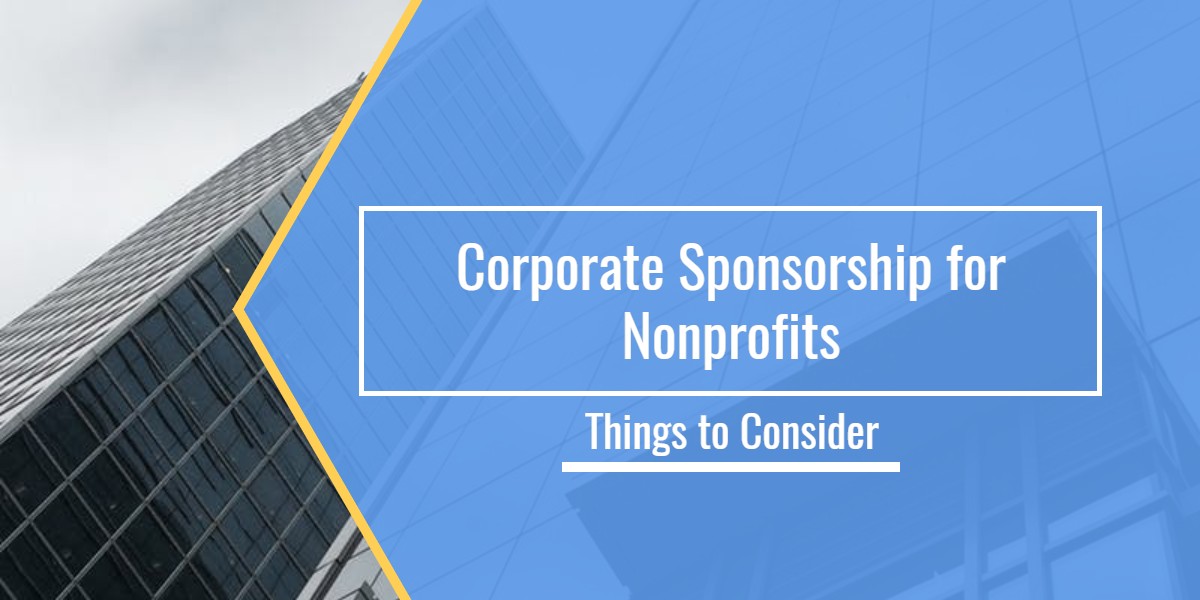

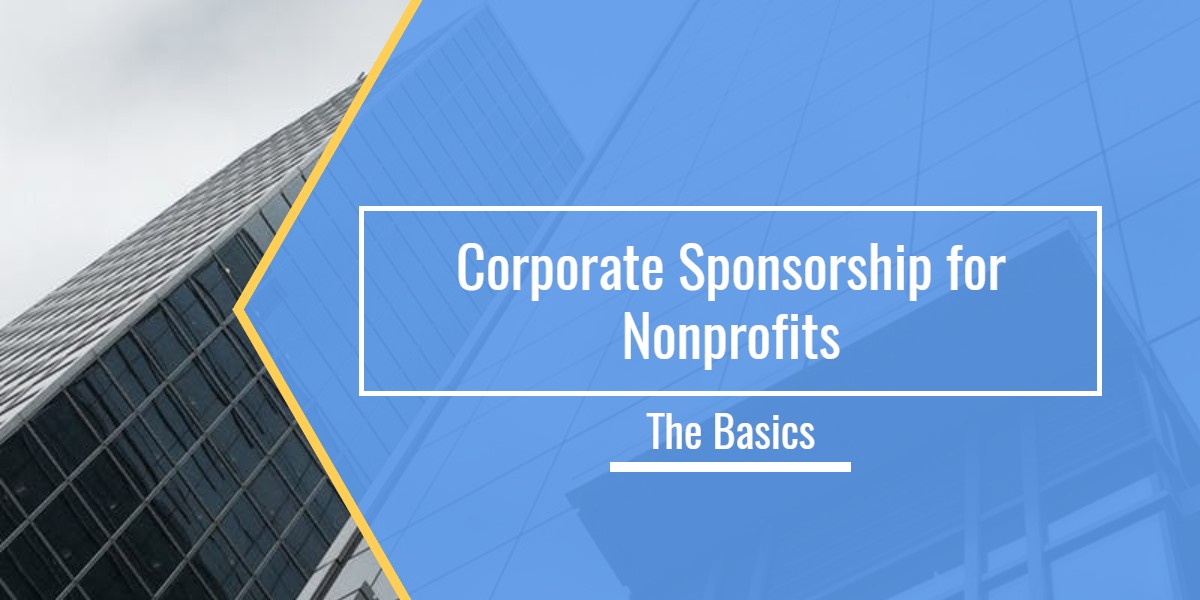
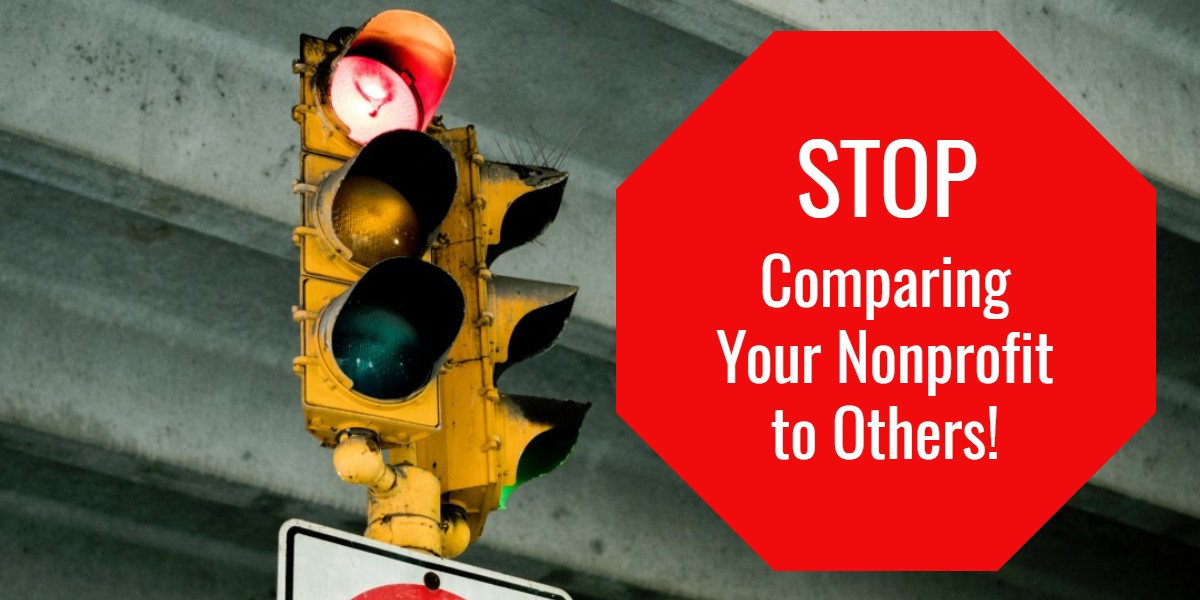
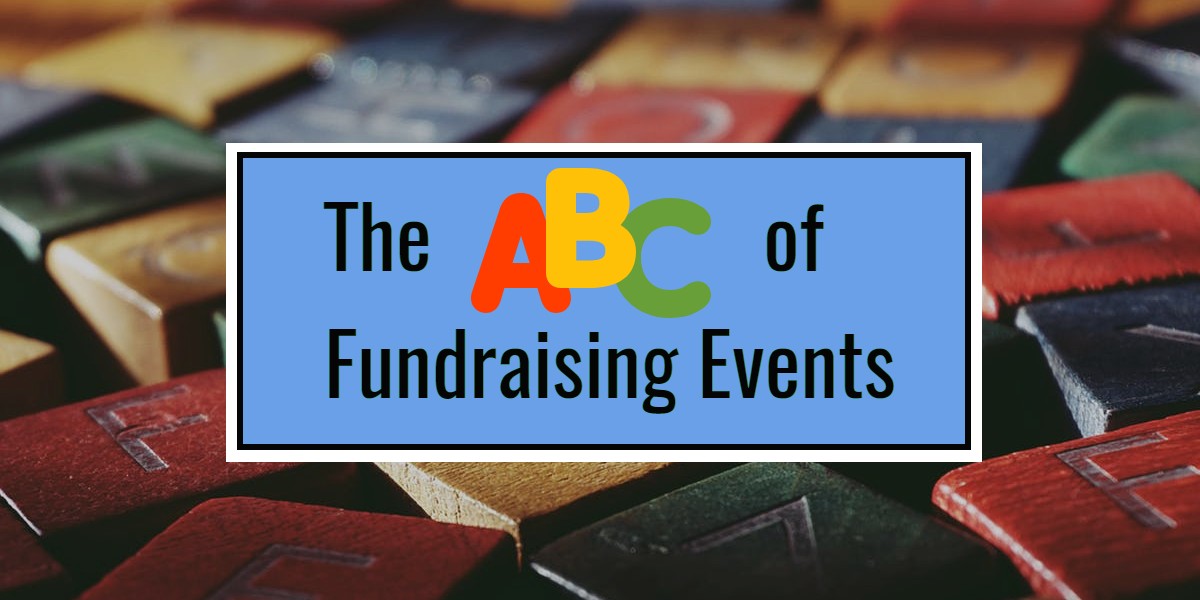
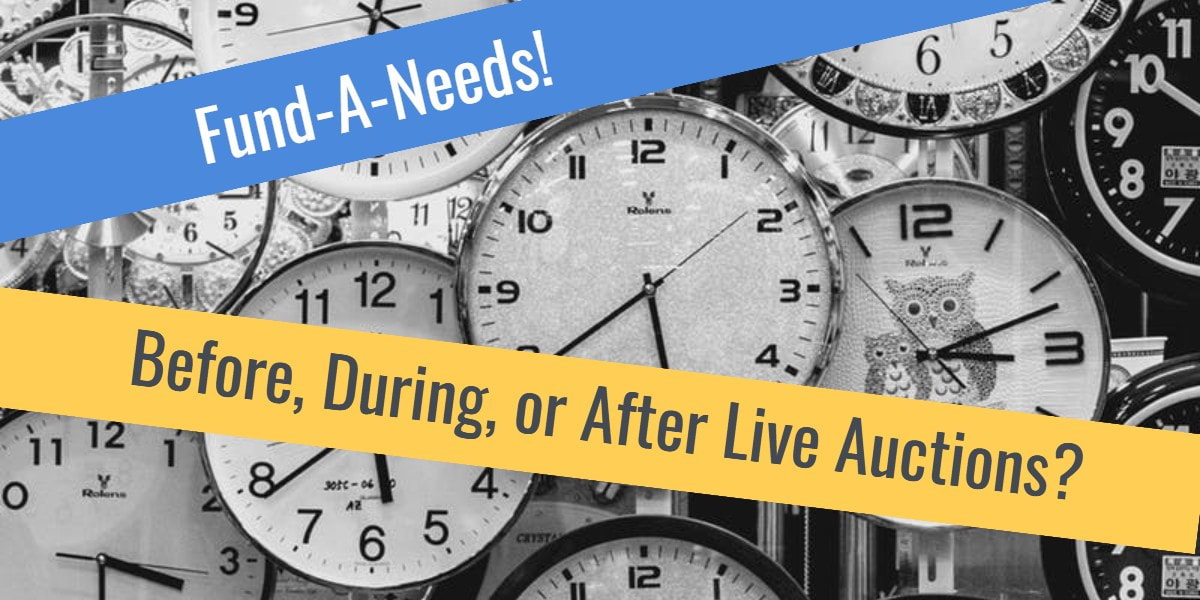
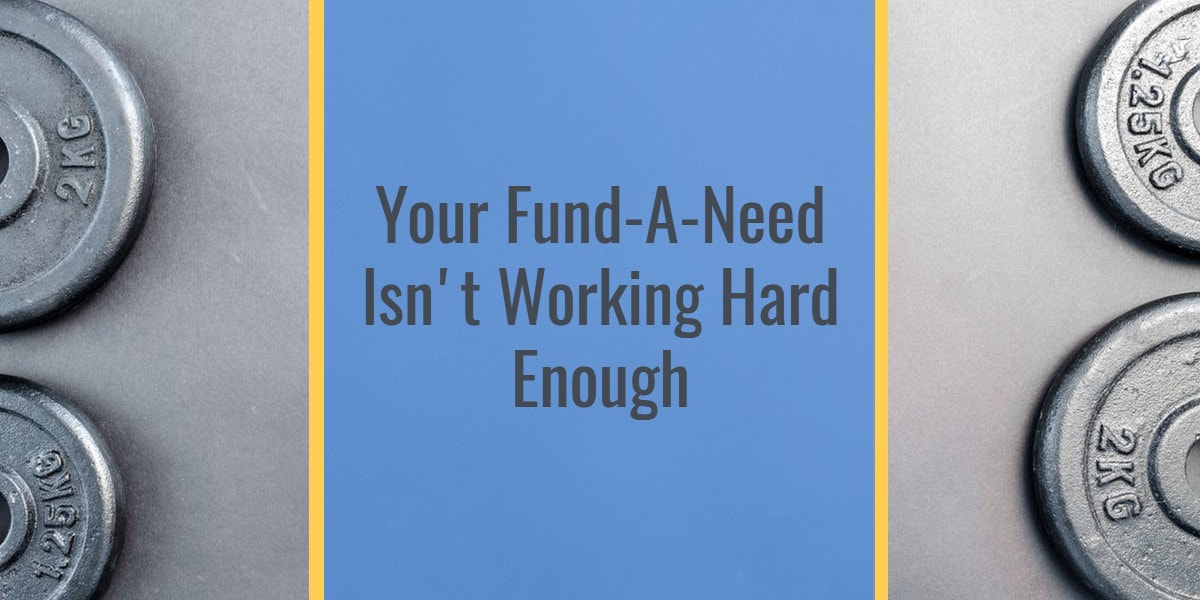
 RSS Feed
RSS Feed